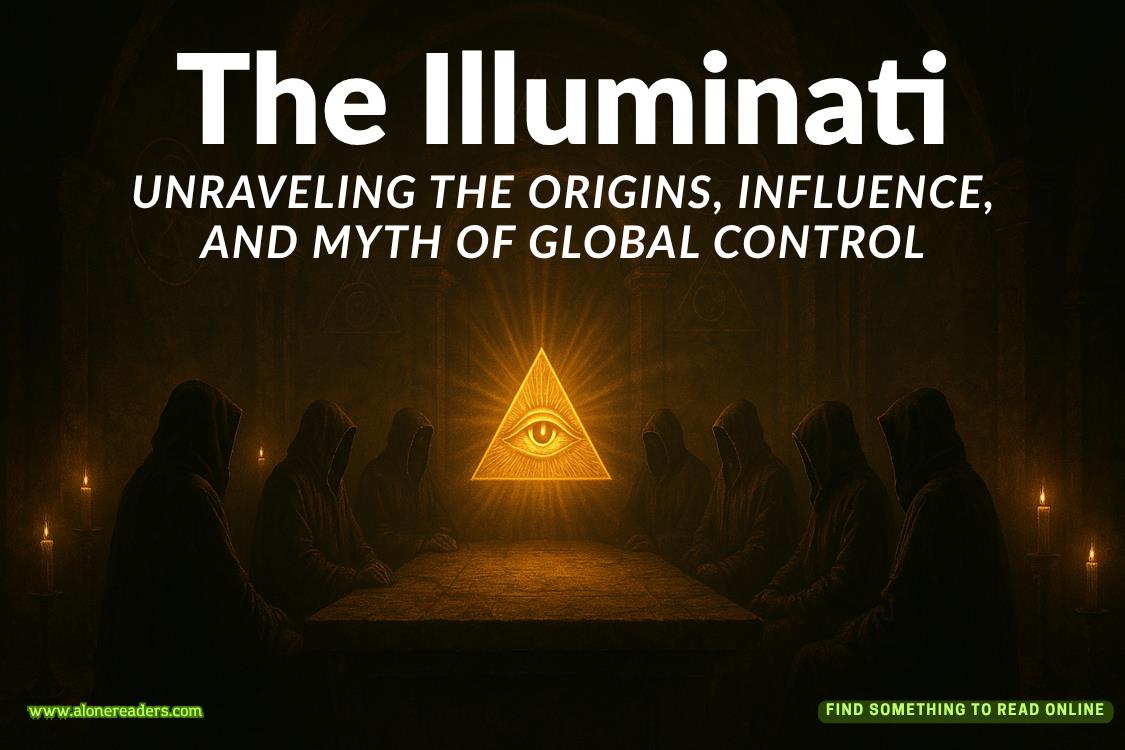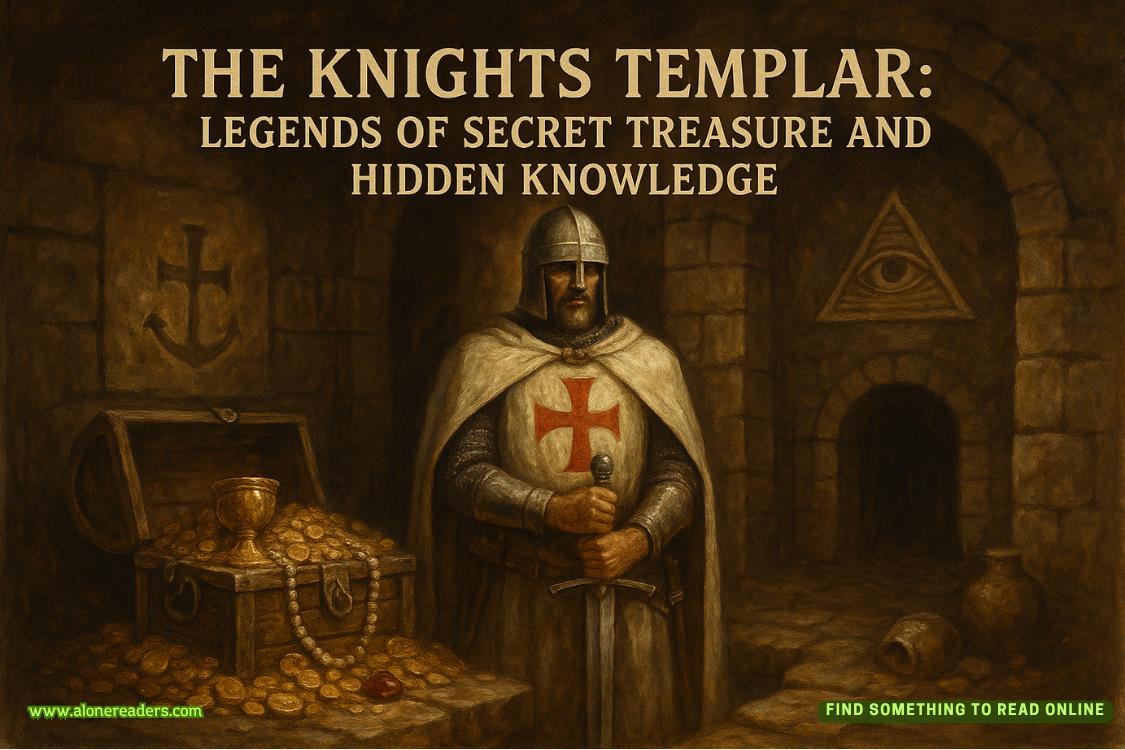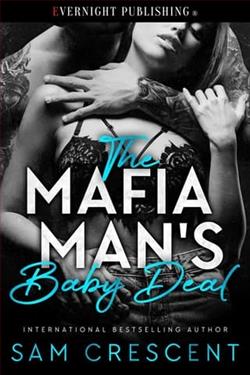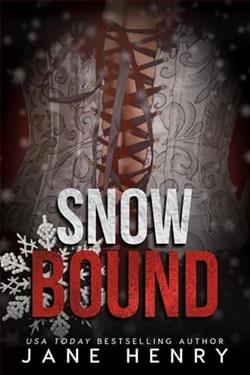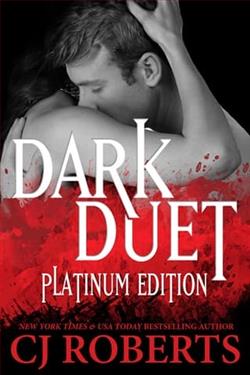Page 76 of The Christmas Invitation
‘Lex will meet us there in the car park,’ Clara said, which reminder slightly took the icing off the gingerbread of anticipation.
‘Wonderful,’ I said, and turned to find him standing right behind me. He gave me one of his more adamantine stares from those dark, moss-agate eyes under drawn black brows, though I don’t know what I’d done to deserve that.
He’d come to say he was leaving, and we did too soon afterwards, all cramming into the Range Rover.
Clara was driving – the long way round rather than the pass, I was happy to note – and when we finally scrunched up the gravel drive of the Red House, Henry said with a happy sigh, as if we’d been away for a year, ‘How lovely to be home again!’
23
Present
Henry drove us to the mill next day in the Jaguar, by way of the Grimlike Pass, which was hairy since we met a delivery van coming up, hogging the middle of the road.
Beyond Great Mumming we took a narrow road that meandered off into the countryside between tall, dark, hawthorn hedges until we finally turned in through a pair of open wrought-iron gates between stone posts. A large sign next to them read:
WELCOME TO FRIENDSHIP MILL
THE HOME OF
MARWOOD’S MAGICAL CRACKERS
‘Here we are,’ said Henry gaily, heading up a thin tarmac road past a small terrace of cottages, to where the mill stood by a stream. The valley was narrow and woodland came crowding down behind the mill, but on the other side of the stream the ground opened up a bit and an old house sat there, on a green, grassy cushion surrounded by a moat, with ducks. It lookedveryimprobable.
‘Pretty, isn’t it?’ said Clara as we drew into a gravelled car park and stopped next to Lex’s pick-up. ‘It’s in the Domesday Book and it still belongs to the Marwood family. We know Mercy Marwood, because her nephew, Randall, was at school with Lex, though he is a little older.’
‘It’s lovely, but certainly unexpected,’ I said – unlike Lex, who had now got out and was shrugging a disreputable old waxed jacket over his slightly clay-smeared black jeans.
‘There you are,’ he greeted us, as if he’d been hanging around for hours, which he evidently hadn’t, since the bonnet of his pick-up was still slightly steaming in the chilly air.
‘Your jeans are covered in clay, darling,’ Clara pointed out.
He looked down and grunted. ‘They were clean this morning … but then I went into the workshop for a few minutes.’
‘It doesn’t matter anyway,’ said Henry. ‘Half the craftspeople from the workshops in the mill wander about covered in paint, or clay or whatever.’
Teddy, released from his car seat, bounced up and down impatiently, while the wind whipped his mop of black curls, so like Lex’s, into a frenzy.
‘Come on, Uncle Lex – come on, Meg!’ he urged, grabbing our hands, so that we headed for the mill entrance with Teddy between us, the picture of a happy family outing, Clara and Henry following behind.
A large Christmas tree twinkled in the foyer and fragranced the air, but I barely had time to snatch a leaflet about the attractions within from a pile on a table before Teddy had dragged me through the double doors at the further end, highly excited.
‘Slow down, Teddy,’ called Henry. ‘We want to show Meg the cracker making and the museum first. Then you can see Santa.’
‘The cracker makers don’t work weekends, but there are demonstrations instead,’ Clara informed me.
I saw that the large interior of the mill had been divided by a partition with viewing windows, through which you could watch the crackers being made, while to the right were the windows of the Christmas shop and the side of a hut that said, ‘Santa’s Grotto’, though it looked more like Santa’s garden shed.
Above us, on a terrace reached by a flight of metal steps, was the café.
It was still quite early, but the place was already busy. In the background was some kind of electronic music … or sound, at any rate, for it conjured up wind whistling among snowy trees, icicles tinkling, sleigh bells jingling … It was very well done and a big improvement on the raucous Christmas pop songs usually blasting out in shops at this time of year.
We joined a group by one of the viewing windows and watched as a slender, elegant black woman with silvery hair and a tall, elderly man with improbably dark hair, parted in the middle and pasted flatly over his head, constructed large and intricately decorated crackers. I didn’t think it could possibly be as easy as they made it look.
It was quite mesmerizing, watching their fingers nimbly assembling the various components: card centre, snap, joke, hat and some small gift, then enclosing the whole expertly in paper and patterned foil, before tying off the ends with ribbon.
There was an information board by the viewing window, but Teddy was too impatient to let me linger. Instead, he headed off to the back of the room where a sign indicated the museum.
That all looked riveting too, with the history of the mill, the cracker making and the Marwood family itself, which appeared to be Quaker and, like many of the early factory-owning Friends, benevolent and caring to its workforce.




